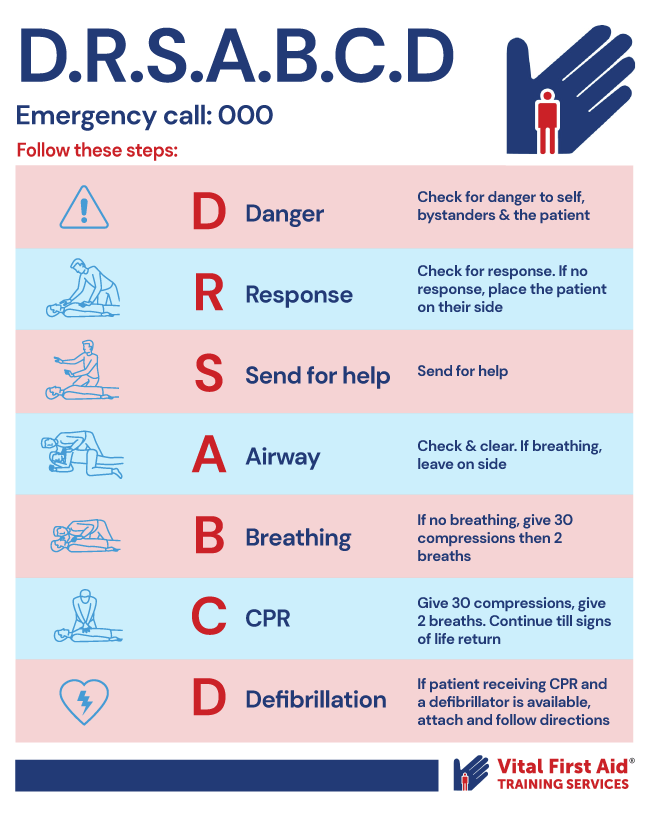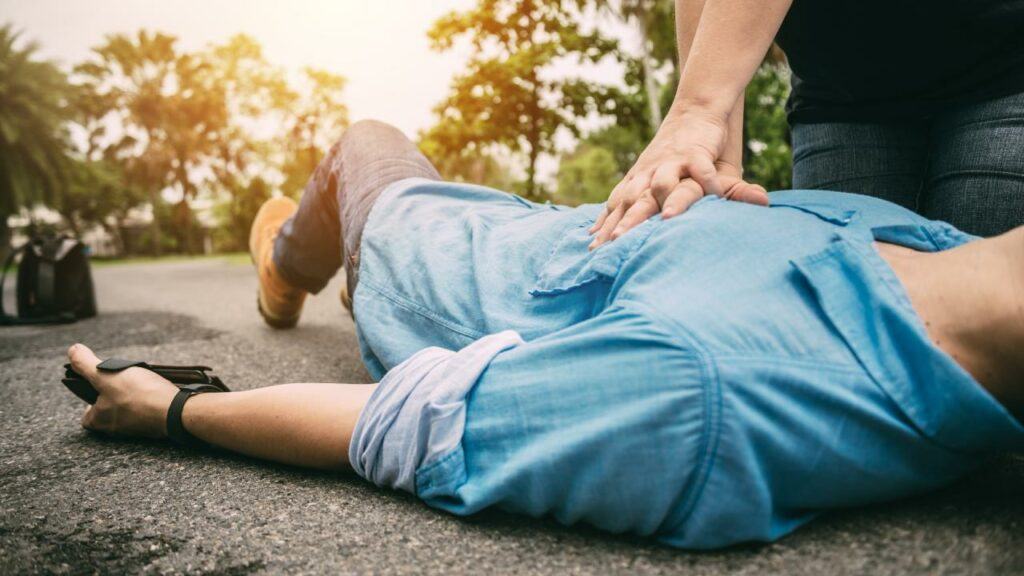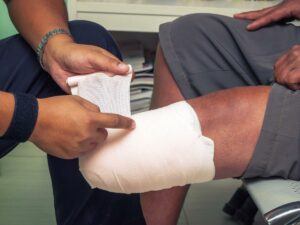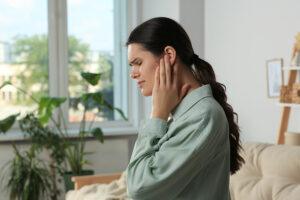Call triple zero (000) right away for an ambulance if you suspect you or someone else is experiencing a heart attack.
Take these steps immediately for first aid treatment of heart attacks:
If conscious:
- Call an ambulance
- Administer prescribed medication if any
- Administer aspirin
- Help the sufferer rest
If unconscious:
- Call an ambulance
- Perform CPR following the DRSABCD method
- If the patient remains unconscious, continue until the ambulance arrives
- If the patient regains consciousness, monitor closely
To gain the confidence to help yourself and your loved ones, read on to learn more about heart attacks.
The Vital Facts
- The most common underlying cause of a heart attack is coronary heart disease
- The risk of heart, stroke, and vascular disease increases with age, affecting 27.7% of individuals aged 75 years and over.
- Heart attacks can be fatal, causing 17 daily fatalities in Australia. A new hospital admission due to a heart attack occurs every 13 minutes.
Navigate the article:
- What is a heart attack?
- Are heart attacks life-threatening?
- What are the symptoms of a heart attack?
- Who is most susceptible to heart attacks?
- First aid for a heart attack
What is a Heart Attack?
A heart attack is when the flow of blood to the heart is blocked, preventing it from circulating oxygen around the body. Blockages are typically caused by fat or cholesterol buildup in the coronary arteries. Heart attacks can be incredibly painful and require immediate treatment.
Are Heart Attacks Life Threatening?
Unfortunately, yes. Without immediate first aid, heart attacks are often fatal. In fact, 21 Australians die every day from heart attacks, with someone being hospitalised due to a heart attack once every nine minutes.
The human body begins suffering irreparable damage within minutes of losing oxygen circulation, so the urgency of first aid for heart attacks is the most significant factor to determine whether a sufferer will survive or not.
What are the Symptoms of a Heart Attack?
Heart attacks usually have painful and distressing symptoms, such as:
- Unconsciousness
- A racing, irregular or absent pulse
- Intense pain or pressure in the chest, however, symptoms can also be quite subtle such as just a mild discomfort across the chest
- General rapid onset of feeling “unwell” without any known cause
- Radiating pain down the arms or up through the spine and neck to the jaw
- Difficulting breathing including wheezing and gasping
- Abdominal pain
- Dizziness and poor balance
- Sweating and clamminess
- Blue-tinged skin, lips and extremities
- Severe anxiety
- Going into shock
Heart attacks often occur suddenly with extremely noticeable symptoms. However, they may present warning signs in the preceding days or hours.
These are often the more mild symptoms which can be confused for other conditions, like chest pain being heartburn or abominable pain being indigestion. Unfortunately, this is one of the main reasons people fail to seek out first aid for heart attacks.
If you have a known history of heart issues, take these symptoms seriously and seek medical attention if you are concerned you may be on the verge of a heart attack.
Who is Most Susceptible to Heart Attacks?
There are several factors that can make people more susceptible to a heart attack. If you, or someone you know, falls into these categories, you should prioritise learning CPR first aid for heart attacks to make sure you are prepared.
The following are indicators that you or someone you know may be more susceptible to heart attacks:
- Over 65 years old
- Overweight or obese
- High cholesterol
- High blood pressure
- Diabetes
- Smoking
While they are the primary risk factors, the following are conditions or circumstances that can also give you a heightened risk:
- A family history of heart issues or conditions
- Kidney disease
- Inflammatory conditions like HIV/AIDS, arthritis and psoriasis
- Early menopause
- Metabolic syndrome
First Aid for a Heart Attack
The first thing you must always do is call an ambulance. Even if a heart attack is only suspected, it’s better to be safe than sorry.
With that said, first aid for heart attacks is different depending on whether the sufferer is conscious or unconscious.
Conscious
1. Call an Ambulance
Don’t attempt to drive them to the hospital yourself. If you are the sufferer, under no circumstances should you attempt to drive. You could fall unconscious and have an accident that could hurt you or other drivers.
2. Administer prescribed medication
If the patient has prescribed heart medication, such as nitroglycerin, help them take it. Provided they aren’t allergic, they can also chew an aspirin which lessens the effect of blood clotting.
3. Administer aspirin
Unless the person is allergic or cannot take aspirin, 1 aspirin can be given. This is not for pain relief, aspirin is a potent drug that can help to reduce or even remove the clot that could be causing the heart attack.
Important note: remember aspirin is not the same as paracetamol.
4. Help the Sufferer Rest
Once you’ve called an ambulance, there isn’t much else you can do if the patient is conscious. Put your effort into making sure they are comfortable. The chest pain can be quite uncomfortable, so try to manoeuvre them into a seated position, with plenty of support for their back and head.
Heart attacks are obviously distressing for the sufferer, so try to reassure them and keep them calm. Stress puts further strain on the heart, so you want to limit it as much as possible.
Unconscious
If the person is unconscious, be prepared to perform CPR. Immediately check for their vital signs using the DRSABCD method.

If you are following the DRSABCD method correctly, then simply continue until an ambulance arrives, or until the patient regains consciousness. If they do, continue to monitor them, as they may fall unconscious again. If that happens, resume CPR. If you are using a defibrillator, leave it on as it will monitor their heart beat.
Have You Considered a First Aid Course?
Now that you have more confidence in providing first aid for heart attacks, have you considered learning how to provide different kinds of first aid?
Vital First Aid offers realistic training courses for a wide range of other first aid types. Rest assured they’ll teach you to stay calm and composed when faced with stressful first aid situations.






